What to know before you go!
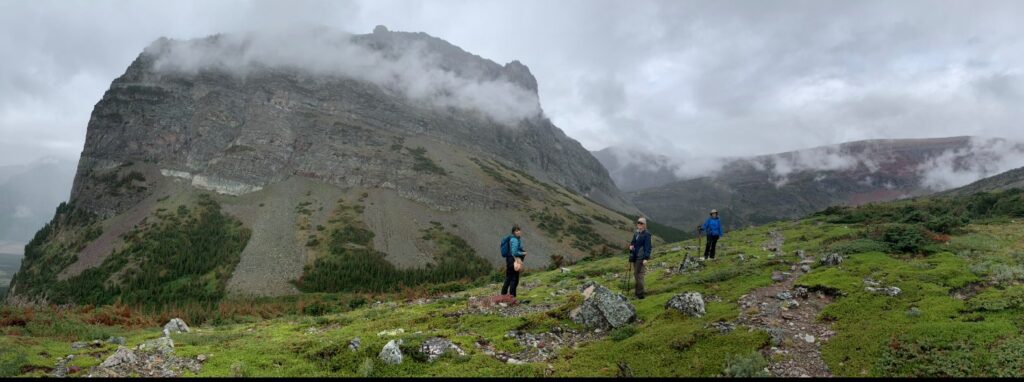
Hiking Glacier Park—Some notes before you go.
Moving from Florida to Montana was a big change for me-both in attitude and in altitude. The attitude adjustment was abrupt in that I had seen my parents through end of life and consequently my life transitioned from stressful to disoriented. My life also shifted from employed to retired.
Relocating appealed to me because I had worked for 35 years in Florida, and the shine had worn off. I had scuba dived throughout the Keys, and I had spent many hours fishing offshore. And when it comes to sunsets, Florida’s are hard to beat. But I needed an significant change if only to shake off the trauma of losing loved ones. With mountains in mind, I headed to Montana-more specifically Kalispell, located outside Glacier National Park.
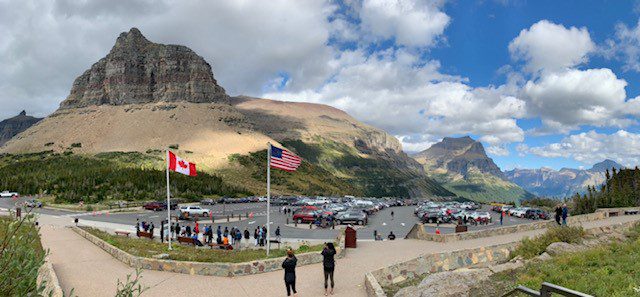
I have always been in awe of Mother Nature. Truly. I often tell people that nature is where my God lives, and I have shed many tears of joy in Glacier National Park, https://www.nps.gov/glac/index.htm. GNP is called the Crown of the Continent because of its astounding beauty. The majestic Continental Divide is the crown jewels with its sparkling glaciers and it’s shining alpine lakes. The wildlife is another gem. In Glacier Park, you can see bears, moose, big horn sheep, mountain goats, eagles, beavers, and more.
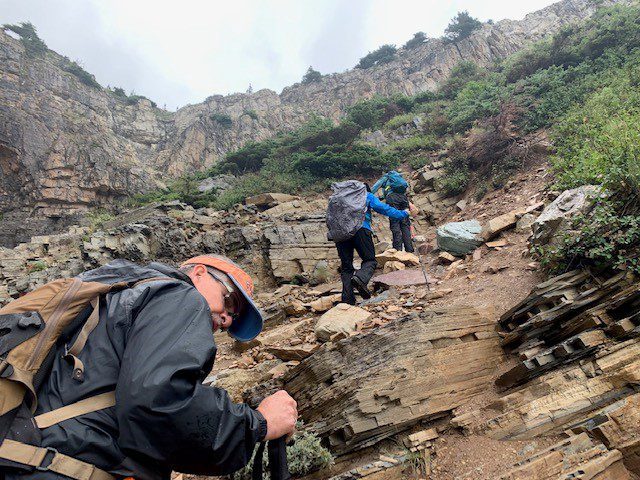
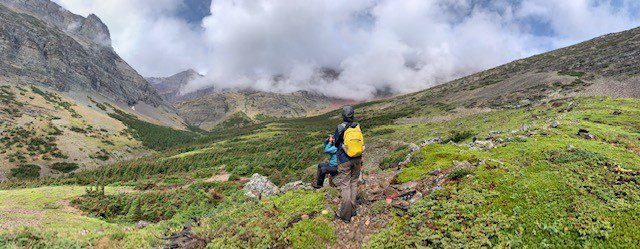
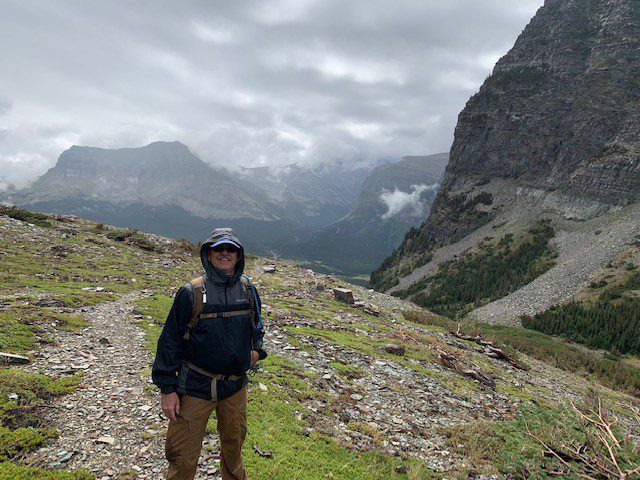
Hiking (or walking, in general) is good medicine for the body and mind because while the body exercises, the mind can relax. It is a win/win. To me, Glacier Park is best explored by foot. But hiking Glacier Park is serious business. Hypothermia, dehydration, injury, and death have occurred. Consequently, it is best to prepare well before you hike Glacier Park. For example, how many miles can you hike and what is an acceptable elevation gain? This can be determined on a treadmill that tracks distance and elevation gain. I recommend several sessions on the treadmill so that you can determine your maximum grades and distance. You may want to take note of your average speed so you finish your hike before nightfall. And remember, your exercise data will be affected by the weather and your general wellbeing. It is important to know your body’s capabilities so that you can assess various trail statistics. I use the Glacier map titled “Hike 734” because it contains details about trail elevation gain/loss and trail distance. The map is also waterproof. I also use the Gaia App because it shows me where I am during my hike. But know this… you must download maps using wi-fi. Because there is no wi-fi in Glacier Park, you must download your maps beforehand. The All Trails App is also a popular hiking GPS app.
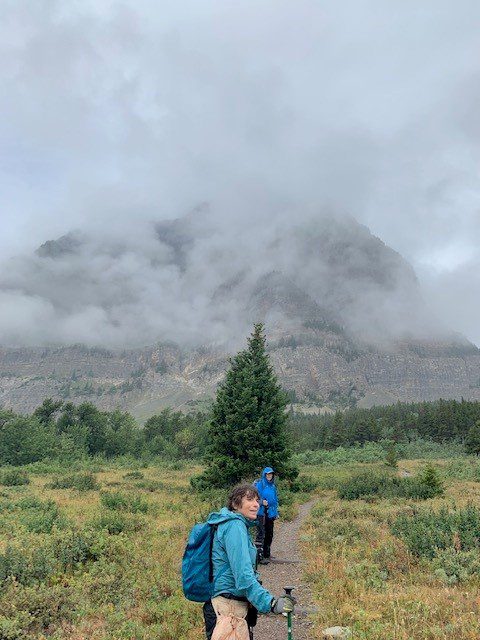
ESSENTIALS
Food, water, first aid, and good hiking gear is also essential to a successful hike. I like hydration backpacks because the water reservoir fits inside the pack, and I can drink through the tube conveniently located near my mouth. Note that backpacks vary in size and design. From boots to backpacks, I always inquire if there is a model designed for women. I also schedule a fitting by knowledgeable staff. Proper and well fitted hiking gear is also vital to a successful hike. When evaluating footwear, consider the trail condition. Are you hiking on soft soil or rugged scree? Are you comfortable in heavy duty boots, a lightweight athletic shoe, or the hybrid models? Because most stores have a generous return policy, footwear should be purchased well in advanced of your hike and worn inside your home to determine comfort. You may want to insert custom orthotics in your footwear for support. If this is the case, bring these foot supports to the store when evaluating footwear because orthotics changes the shoe fit. Socks also alter the shoe’s fit so ask an informed clerk what materials and design are best for your needs. I always bring an extra pair of socks on my hikes in case moisture or fit become an issue. Moist clothing can cause problems while hiking. Outdoor stores such as REI and Cabela’s sell outdoor clothing to keep you warm and dry. Local stores are also a good bet because they are generally staffed with locals who understand the diverse mountain weather. In Kalispell, I shop at Rocky Mountain Outfitters and the Sportsman & Skihaus. When I hike Glacier Park during the summer, my clothing layers comprise a tank top, a long sleeve sun shirt, a lightweight puff coat, and raincoat and pants. A hat and sunscreen are also essential. During spring and fall, weather becomes unpredictable, so I bring additional thermal clothing. Washable wool is comfortable and warm, and it is available in different weights. On a sidenote, a small lighter can start a campfire if you get cold. Bear spray is a must. Regarding bear spray, practice makes perfect. With the trigger safety in place, practice deploying the canister and aiming downward. Consider the wind strength and direction. When not used properly, bear spray can disable the hiker instead of the bear (and other predators.) More gear suggestions, such as hiking poles and gloves, are available from store clerks, as well as a general internet search. Outdoor stores are also a good source for lightweight food and supplements. Nutritious food, energy/protein gels, and electrolytes will help keep your energy high. Although many people pack sandwiches for lunch, I prefer to eat a heartier meal in my thermos. I am a heavy breakfast and lunch eater, so I maintain this eating schedule during hikes. From beef stew to fish bouillabaisse, my hiking meals are nutritious and delicious. Dessert is also a must and the blueberry Larabar is my favorite. Although backpack weight is always a consideration, do not forego adequate nutrition or hydration. And do not forget the adage, “hope for the best, but plan for the worst.” First aid items should be based on the distance and difficulty of your hike. At a minimum, be prepared to address the common blister and rub sore. I always have alcohol wipes and hardy Band-Aids, and I address these issues as soon as I notice them. Additional first aid items should be considered based on your health and risk aversion.
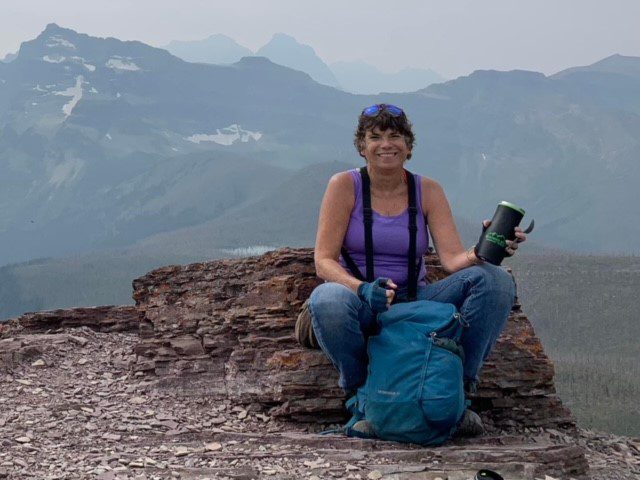
Glacier Park is full of wonder, but only if you are prepared. A comprehensive hiking checklist compiled from several professional sources, is a means to help ensure comfort and safety- CW
Huge thanks to you for your contribution and hope there are many more! R&M!

